Home>Furniture & Design>Bathroom Accessories>How To Remove Calcium Buildup In Toilet Bowl
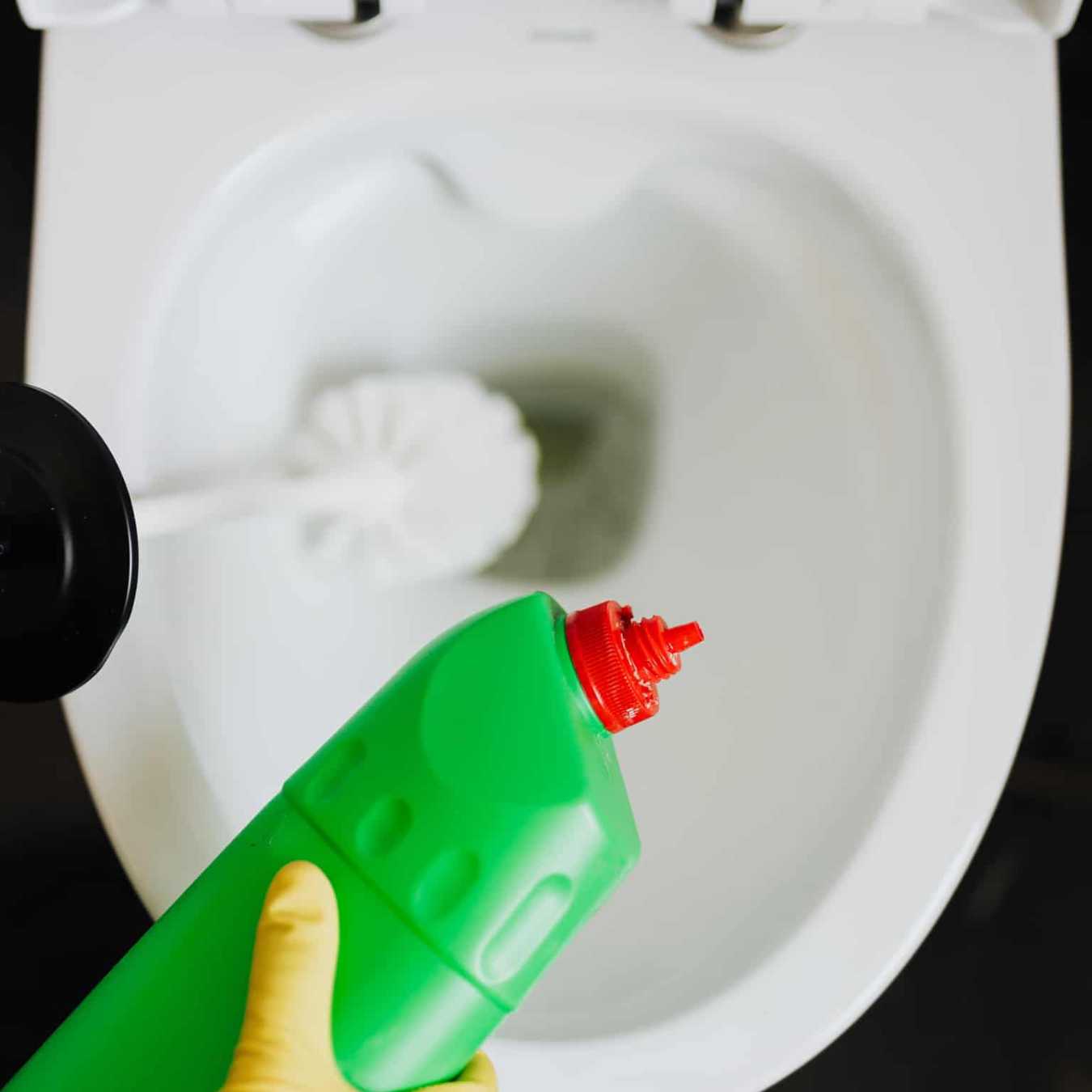

Bathroom Accessories
How To Remove Calcium Buildup In Toilet Bowl
Modified: May 6, 2024
Learn effective ways to remove calcium buildup in your toilet bowl with the right bathroom accessories. Keep your bathroom clean and free from stubborn stains.
(Many of the links in this article redirect to a specific reviewed product. Your purchase of these products through affiliate links helps to generate commission for Storables.com, at no extra cost. Learn more)
Introduction
Dealing with a stubborn calcium buildup in your toilet bowl can be a frustrating and unsightly issue. Over time, mineral deposits from hard water can accumulate, leaving behind a crusty, white residue that seems nearly impossible to remove. However, fear not, as there are effective methods for tackling this common bathroom nuisance. In this comprehensive guide, we will explore various techniques for removing calcium buildup and preventing its recurrence, ensuring that your toilet bowl remains clean and pristine.
Calcium buildup, also known as limescale, is a result of mineral deposits left behind when hard water evaporates. This can occur not only in toilet bowls but also in sinks, showers, and other bathroom fixtures. The unsightly nature of calcium buildup can detract from the overall cleanliness of your bathroom, making it a top priority for many homeowners to address.
In the following sections, we will delve into the underlying causes of calcium buildup, explore different methods for effectively removing it, and discuss preventive measures to keep your toilet bowl free from this stubborn residue. Whether you prefer using commercial cleaners or natural remedies, there are solutions to suit every preference and budget. By understanding the nature of calcium buildup and the best ways to combat it, you can restore your toilet bowl to its former glory and maintain a sparkling clean bathroom.
Now, let's embark on this journey to banish calcium buildup and reclaim the pristine condition of your toilet bowl. Whether you're a seasoned homeowner or a novice in the realm of bathroom maintenance, this guide will equip you with the knowledge and strategies needed to conquer calcium buildup and keep your toilet bowl looking its best.
Key Takeaways:
- Say goodbye to stubborn toilet bowl calcium buildup with natural remedies like white vinegar and baking soda, or powerful commercial cleaners. Prevent future buildup by installing a water softener and maintaining regular cleaning practices.
- Combat unsightly calcium buildup in your toilet bowl with natural remedies or commercial cleaners. Prevent recurrence by installing a water softener and staying proactive in addressing hard water sources.
Read more: How To Remove Buildup In Toilet Bowl
Understanding Calcium Buildup in Toilet Bowl
Calcium buildup, also known as limescale, is a common issue in households with hard water. When water with high mineral content evaporates, it leaves behind deposits of calcium and magnesium, resulting in the formation of a stubborn, crusty residue in the toilet bowl. This buildup can appear as a white or off-white film, often concentrated around the waterline and in areas where water tends to pool.
The unsightly nature of calcium buildup not only affects the aesthetics of the toilet bowl but also poses challenges when it comes to cleaning. The accumulation of limescale can make it difficult to maintain a clean and hygienic bathroom environment. Furthermore, if left untreated, calcium buildup can lead to discoloration and a rough texture, creating an unappealing and uninviting appearance.
Understanding the root cause of calcium buildup is crucial in effectively addressing this issue. Hard water, which contains high levels of minerals such as calcium and magnesium, is the primary culprit behind limescale formation. When hard water is used for flushing and refilling the toilet bowl, the mineral deposits gradually accumulate over time, creating an unsightly and persistent problem.
In addition to its visual impact, calcium buildup can also affect the functionality of the toilet. The accumulation of limescale around the rim of the bowl and in the siphon jets can impede the flow of water, leading to inefficient flushing and potential clogging issues. This further emphasizes the importance of addressing and preventing calcium buildup to maintain the optimal performance of the toilet.
By gaining a deeper understanding of the nature and implications of calcium buildup in the toilet bowl, homeowners can take proactive measures to combat this common issue. Whether through regular cleaning and maintenance or the implementation of preventive strategies, addressing limescale effectively can contribute to a cleaner, more functional, and visually appealing bathroom environment.
Methods for Removing Calcium Buildup
When it comes to tackling the stubborn residue of calcium buildup in your toilet bowl, there are several effective methods to consider. Whether you prefer using commercial cleaners or natural remedies, each approach offers its own set of benefits for restoring the pristine condition of your toilet bowl. Let's explore these methods in detail:
Using Commercial Cleaners
Commercial cleaners specifically formulated to target limescale and mineral deposits can be highly effective in removing calcium buildup from the toilet bowl. These products often contain powerful ingredients such as hydrochloric acid or phosphoric acid, which work to dissolve and break down the stubborn residue. When using commercial cleaners, it's essential to follow the manufacturer's instructions carefully and take necessary safety precautions, such as wearing gloves and ensuring adequate ventilation.
Using Natural Remedies
For those who prefer a more environmentally friendly or budget-conscious approach, natural remedies can also be effective in removing calcium buildup. One popular natural remedy involves using white vinegar, which contains acetic acid known for its ability to dissolve mineral deposits. To use this method, simply pour a generous amount of undiluted white vinegar into the toilet bowl, ensuring that it covers the areas affected by calcium buildup. Allow the vinegar to sit for several hours or overnight, then scrub the bowl with a toilet brush to remove the loosened residue.
Another natural remedy involves using baking soda, which can help to gently scrub away calcium buildup without the use of harsh chemicals. By creating a paste using baking soda and water, you can apply it directly to the affected areas of the toilet bowl and let it sit for some time before scrubbing and rinsing. This gentle yet effective approach is particularly suitable for those seeking a natural and non-toxic solution for removing limescale.
Read more: How To Clean Calcium Buildup In Toilet Bowl
Preventing Calcium Buildup in the Future
In addition to removing existing calcium buildup, it's essential to implement preventive measures to minimize its recurrence. One effective strategy is to install a water softener, which can help reduce the mineral content in the water, thereby preventing the formation of limescale in the toilet bowl and other fixtures. Regular cleaning and maintenance, including weekly scrubbing with a toilet brush and periodic deep cleaning using the aforementioned methods, can also help prevent the accumulation of calcium buildup.
By employing these methods for removing calcium buildup and implementing preventive measures, you can effectively address this common issue and maintain a clean, hygienic, and visually appealing toilet bowl. Whether you opt for commercial cleaners or natural remedies, the key lies in regular maintenance and proactive strategies to keep limescale at bay.
Using Commercial Cleaners
When it comes to combating stubborn calcium buildup in the toilet bowl, commercial cleaners tailored to address limescale and mineral deposits can be highly effective. These specialized products are formulated with powerful ingredients, such as hydrochloric acid or phosphoric acid, designed to dissolve and break down the stubborn residue.
Commercial cleaners offer a convenient and efficient solution for removing calcium buildup, particularly in cases where the limescale has accumulated significantly over time. These products are readily available at supermarkets, hardware stores, and online retailers, providing homeowners with easy access to effective cleaning solutions.
When using commercial cleaners, it is crucial to adhere to the manufacturer's instructions to ensure safe and effective application. This includes wearing protective gloves and ensuring adequate ventilation in the bathroom during the cleaning process. Additionally, it is important to use the appropriate amount of cleaner as recommended, as excessive use may lead to unnecessary exposure to strong chemicals.
The application of commercial cleaners typically involves pouring the product directly into the toilet bowl, ensuring that it reaches the areas affected by calcium buildup. After allowing the cleaner to sit for the specified duration, usually as indicated on the product label, the next step involves using a toilet brush to scrub the bowl thoroughly. This action helps to dislodge and remove the loosened residue, resulting in a cleaner and more pristine toilet bowl.
One of the advantages of using commercial cleaners is their potent formulation, which can effectively tackle tough limescale deposits that may be resistant to milder cleaning methods. This makes them particularly suitable for addressing severe cases of calcium buildup, restoring the toilet bowl to its original cleanliness and luster.
While commercial cleaners offer a powerful solution for removing calcium buildup, it is important to handle these products with care and store them safely out of reach of children and pets. By following the recommended usage guidelines and safety precautions, homeowners can leverage the effectiveness of commercial cleaners to combat limescale and maintain a hygienic bathroom environment.
In summary, the use of commercial cleaners provides a robust and efficient method for removing calcium buildup in the toilet bowl. By following proper application techniques and safety measures, homeowners can rely on these specialized products to effectively address limescale and restore the cleanliness of their bathroom fixtures.
Using Natural Remedies
When it comes to addressing calcium buildup in the toilet bowl, natural remedies offer a compelling alternative to commercial cleaners, providing an environmentally friendly and budget-conscious approach to tackling limescale. One of the most popular natural remedies for removing calcium buildup involves the use of white vinegar, a versatile household ingredient known for its acidic properties. The acetic acid in white vinegar effectively dissolves mineral deposits, making it a powerful ally in the battle against limescale.
To utilize white vinegar as a natural remedy for calcium buildup, start by pouring a generous amount of undiluted white vinegar into the toilet bowl, ensuring that it thoroughly covers the areas affected by limescale. Allow the vinegar to sit for several hours or preferably overnight to facilitate the breakdown of the stubborn residue. During this time, the acidic nature of the vinegar works to dissolve the mineral deposits, making it easier to remove the buildup.
After the vinegar has had sufficient time to work its magic, use a toilet brush to scrub the interior of the bowl, focusing on the areas where calcium buildup is most prominent. The combination of the acidic properties of the vinegar and the mechanical action of scrubbing helps to dislodge and remove the loosened limescale, restoring the cleanliness of the toilet bowl.
In addition to white vinegar, another natural remedy for combating calcium buildup involves the use of baking soda. This gentle yet effective abrasive agent can be used to create a paste by mixing it with water, forming a natural cleaning solution that is particularly adept at removing mineral deposits without the use of harsh chemicals. Apply the baking soda paste directly to the affected areas of the toilet bowl, allowing it to sit for a period before scrubbing and rinsing. This method offers a non-toxic and environmentally friendly approach to addressing limescale, making it an appealing option for those seeking natural cleaning solutions.
By harnessing the power of natural remedies such as white vinegar and baking soda, homeowners can effectively remove calcium buildup from the toilet bowl while minimizing their environmental impact. These natural solutions not only offer an eco-friendly alternative to commercial cleaners but also provide a gentle yet potent approach to restoring the pristine condition of the toilet bowl.
In summary, natural remedies present a compelling option for addressing calcium buildup, offering effective and environmentally friendly solutions for maintaining a clean and hygienic toilet bowl. Whether it's harnessing the acidic properties of white vinegar or the gentle abrasiveness of baking soda, these natural remedies provide homeowners with powerful tools to combat limescale and maintain a sparkling clean bathroom environment.
Use a pumice stone or a commercial cleaner with hydrochloric acid to scrub away the calcium buildup in the toilet bowl. Make sure to wear gloves and ventilate the area.
Preventing Calcium Buildup in the Future
Preventing calcium buildup in the future is essential for maintaining a clean and hygienic toilet bowl. By implementing proactive measures and adopting preventive strategies, homeowners can minimize the recurrence of limescale, ensuring that their bathroom fixtures remain free from stubborn mineral deposits.
One effective strategy for preventing calcium buildup is to install a water softener in the household. Water softeners work by removing or reducing the concentration of minerals, such as calcium and magnesium, from the water supply. By utilizing a water softening system, homeowners can significantly decrease the likelihood of limescale formation in the toilet bowl and other fixtures. This proactive approach not only contributes to a cleaner bathroom environment but also extends the longevity of plumbing systems and appliances by reducing the adverse effects of hard water.
In addition to installing a water softener, regular cleaning and maintenance practices play a crucial role in preventing calcium buildup. Consistent and thorough cleaning, including weekly scrubbing with a toilet brush, helps to prevent mineral deposits from accumulating and hardening over time. Periodic deep cleaning using natural remedies or commercial cleaners can further aid in removing any residual mineral buildup, ensuring that the toilet bowl remains pristine and free from unsightly limescale.
Furthermore, staying proactive in addressing potential sources of hard water can contribute to preventing calcium buildup. Identifying and addressing issues such as leaky pipes, malfunctioning water heaters, or untreated hard water sources can help mitigate the impact of mineral deposits in the bathroom. By addressing these underlying issues, homeowners can reduce the influx of hard water into the plumbing system, thereby minimizing the potential for limescale formation in the toilet bowl and other fixtures.
Educating household members about the impact of hard water and the importance of preventive measures can also contribute to the long-term prevention of calcium buildup. By raising awareness about the effects of hard water and the benefits of proactive maintenance, homeowners can foster a collective effort to maintain a clean and hygienic bathroom environment.
By implementing these preventive measures, homeowners can effectively minimize the recurrence of calcium buildup in the toilet bowl, ensuring that their bathroom fixtures remain free from stubborn mineral deposits. Through a combination of proactive strategies, regular maintenance, and awareness, preventing calcium buildup becomes an integral part of maintaining a clean, functional, and visually appealing bathroom.
Read more: How To Remove Lime Buildup In Toilet Bowl
Conclusion
In conclusion, addressing calcium buildup in the toilet bowl is a common challenge faced by homeowners, particularly those residing in areas with hard water. The unsightly nature of limescale not only detracts from the cleanliness of the bathroom but also poses potential issues for the functionality of the toilet. However, armed with the knowledge and strategies outlined in this guide, homeowners can effectively combat calcium buildup and maintain a pristine toilet bowl.
By understanding the underlying causes of calcium buildup and the impact of hard water, homeowners can take proactive measures to prevent and address this common issue. Whether through the use of commercial cleaners specifically formulated to target limescale or the application of natural remedies such as white vinegar and baking soda, there are effective solutions to suit every preference and budget.
Furthermore, the implementation of preventive measures, such as installing a water softener and maintaining regular cleaning practices, plays a crucial role in minimizing the recurrence of calcium buildup. By staying proactive and raising awareness about the impact of hard water, homeowners can foster a collective effort to maintain a clean, hygienic, and visually appealing bathroom environment.
In essence, the battle against calcium buildup in the toilet bowl is multifaceted, requiring a combination of effective cleaning methods, preventive strategies, and ongoing maintenance. By leveraging the insights and techniques presented in this guide, homeowners can reclaim the pristine condition of their toilet bowl and enjoy a clean and inviting bathroom space.
Ultimately, the journey to banish calcium buildup is a testament to the dedication and care invested in maintaining a clean and functional home. With the right knowledge and proactive approach, homeowners can conquer limescale and ensure that their toilet bowl remains free from stubborn mineral deposits, contributing to a hygienic and visually appealing bathroom environment for years to come.
Now that you've tackled calcium buildup, why not make other parts of your home sparkle too? Discover clever oven cleaning hacks that will leave your kitchen appliances looking as good as new. These simple tips will save time and effort, ensuring spotless results. So, roll up your sleeves and prepare to transform your oven with ease. You'll be amazed at how straightforward maintaining a pristine kitchen can be.
Frequently Asked Questions about How To Remove Calcium Buildup In Toilet Bowl
Was this page helpful?
At Storables.com, we guarantee accurate and reliable information. Our content, validated by Expert Board Contributors, is crafted following stringent Editorial Policies. We're committed to providing you with well-researched, expert-backed insights for all your informational needs.
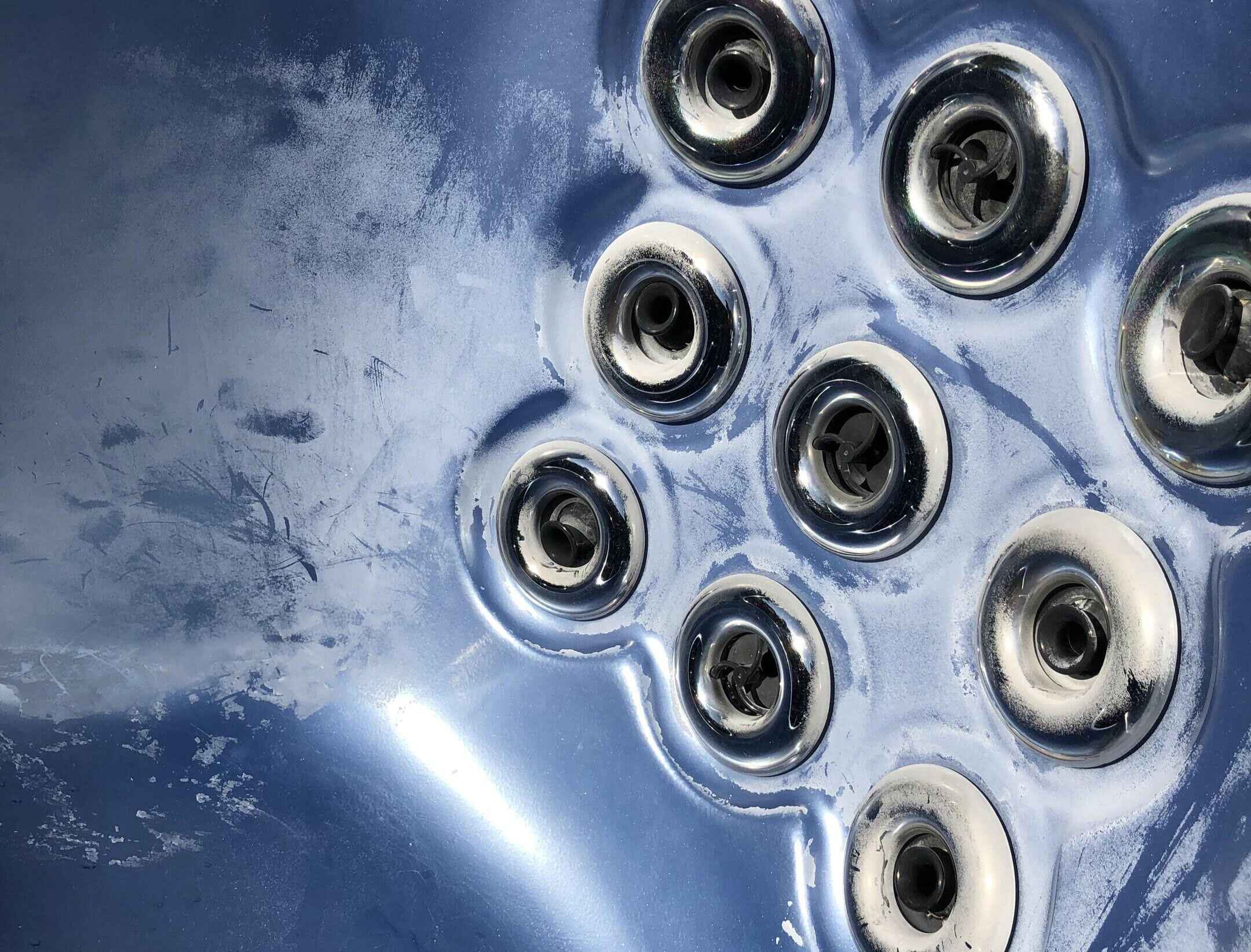
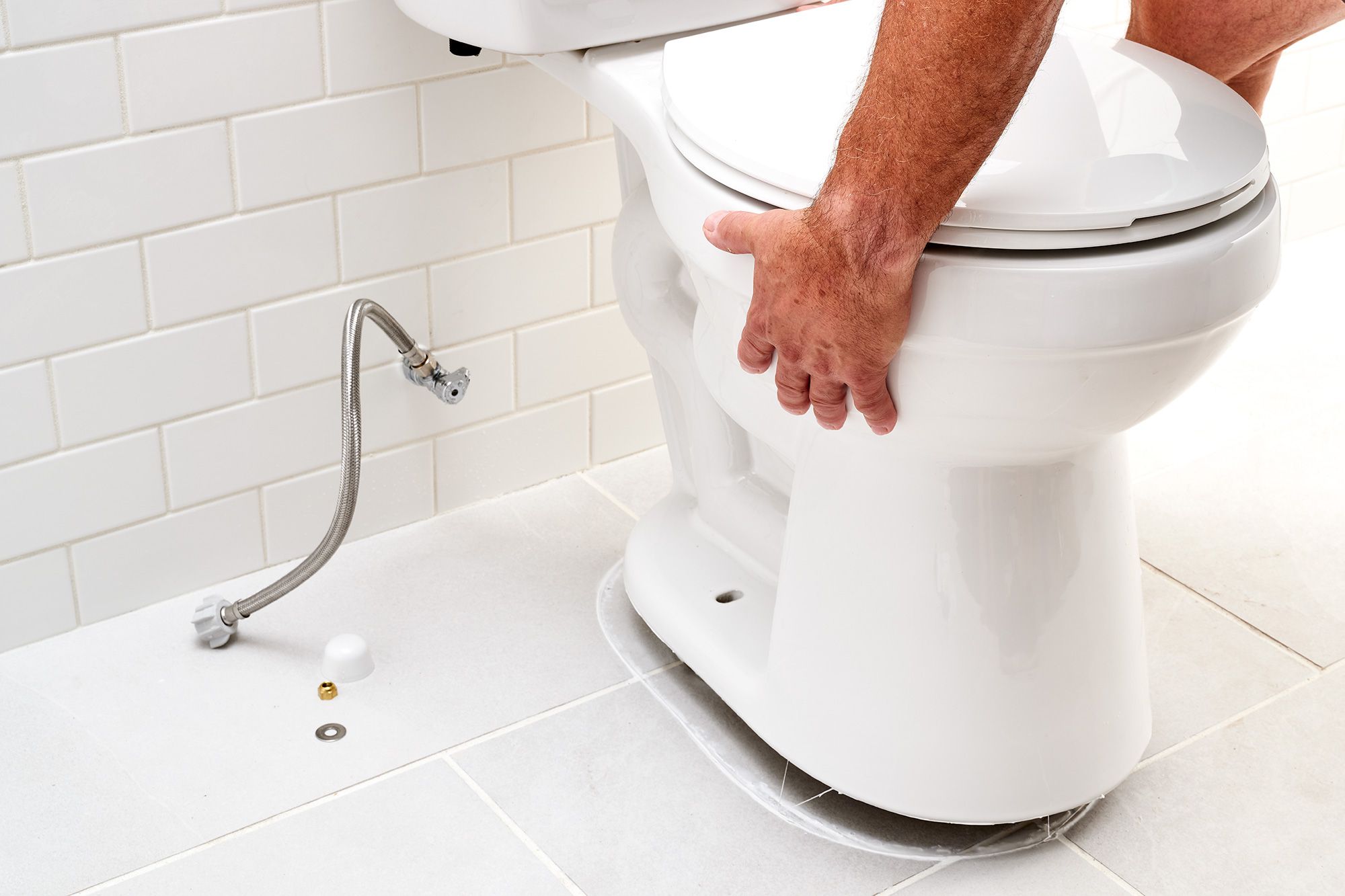
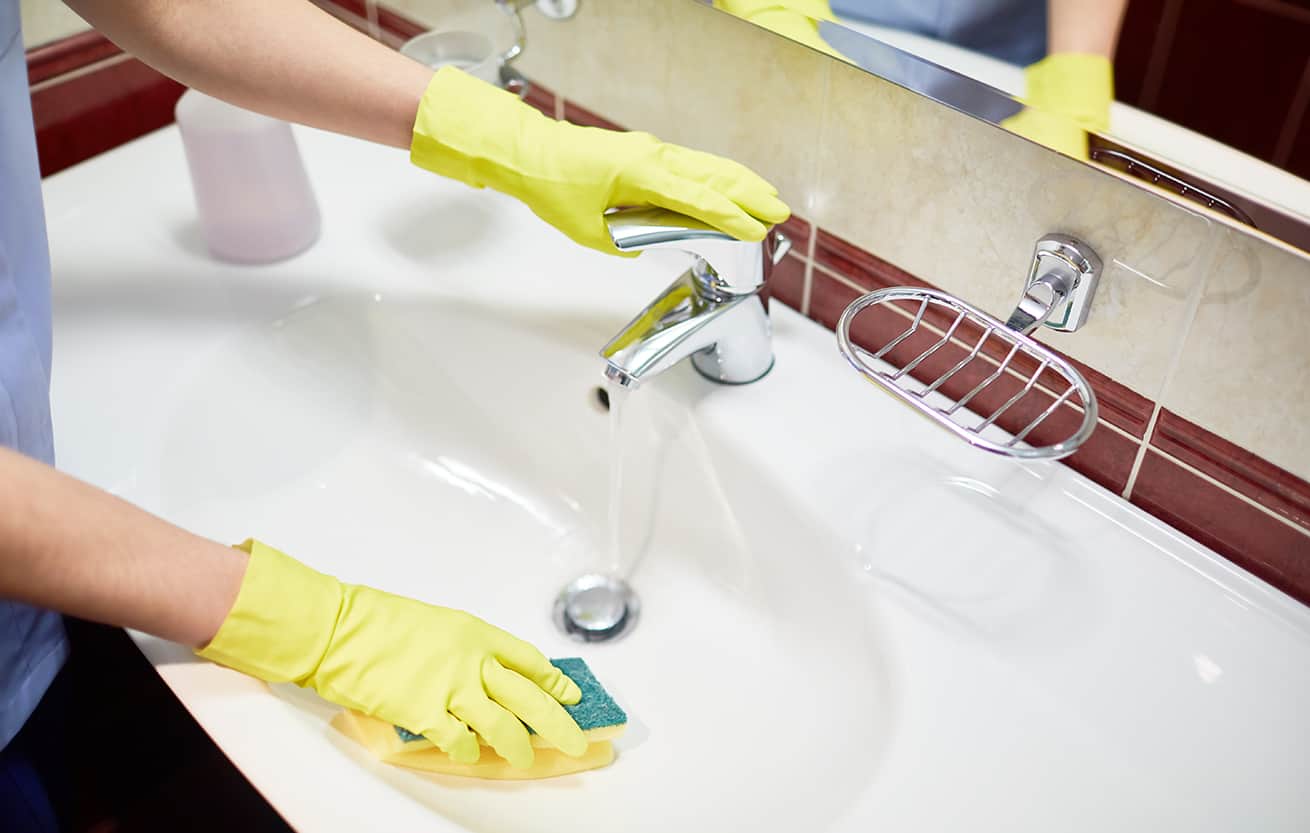
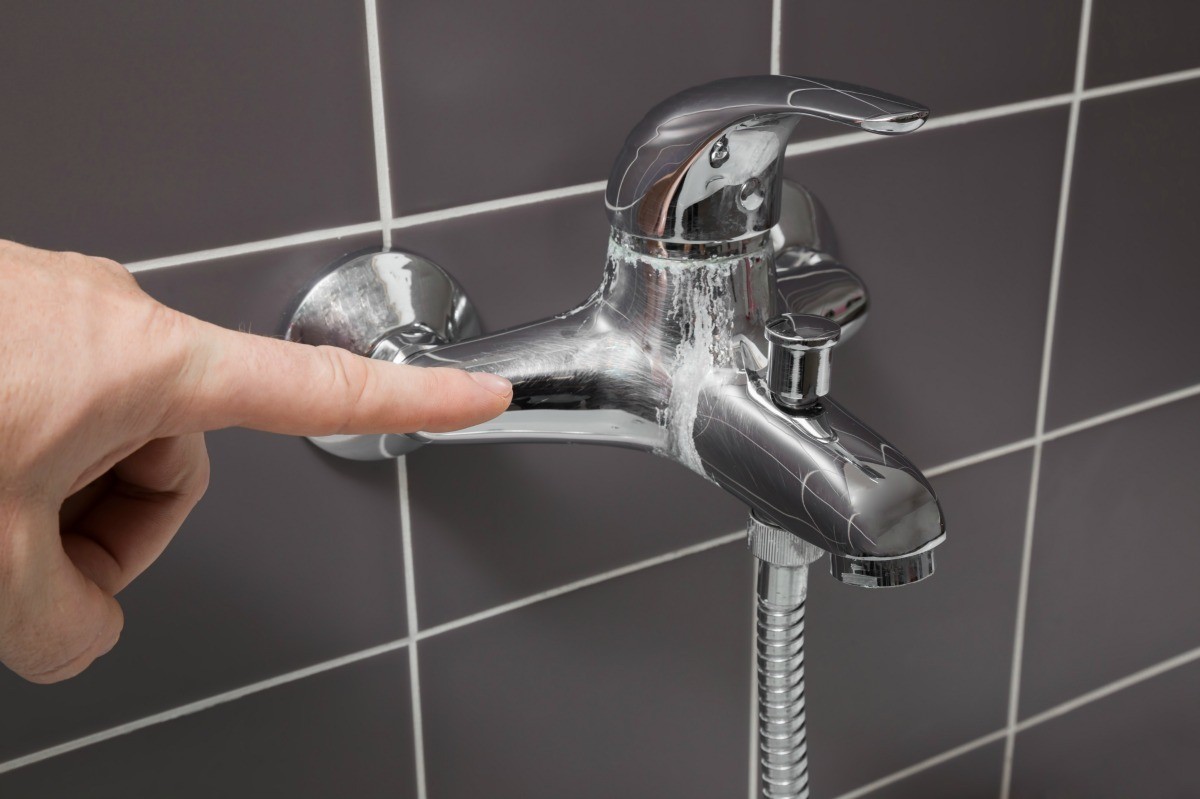
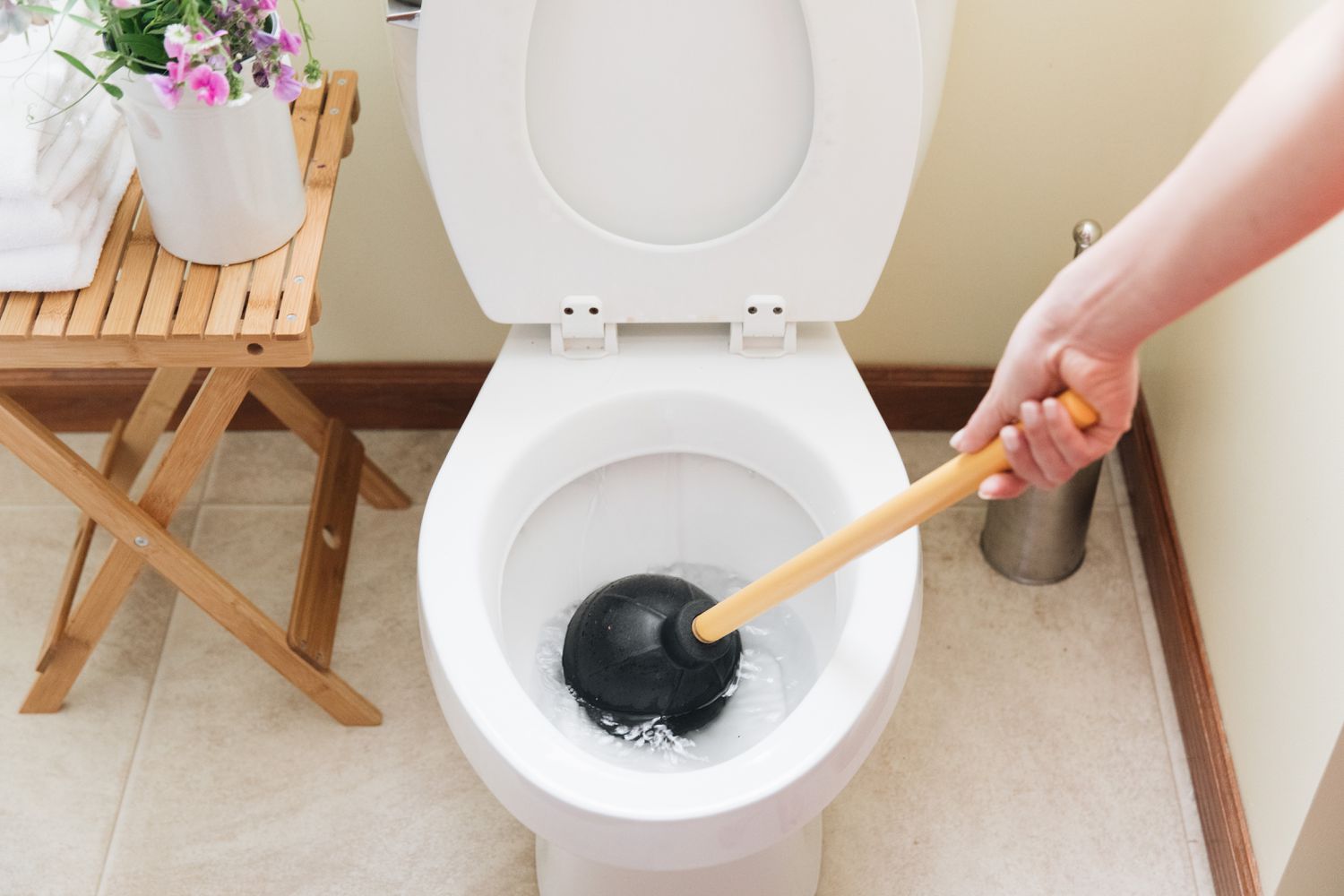
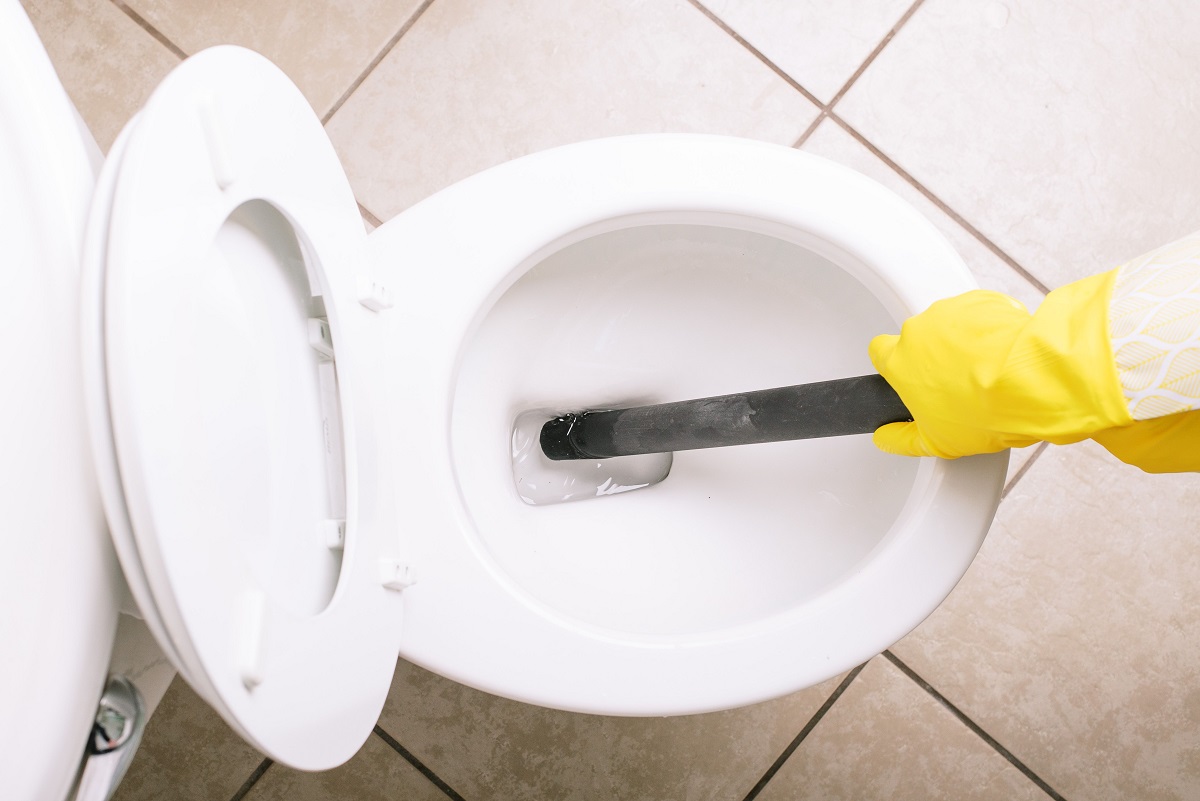
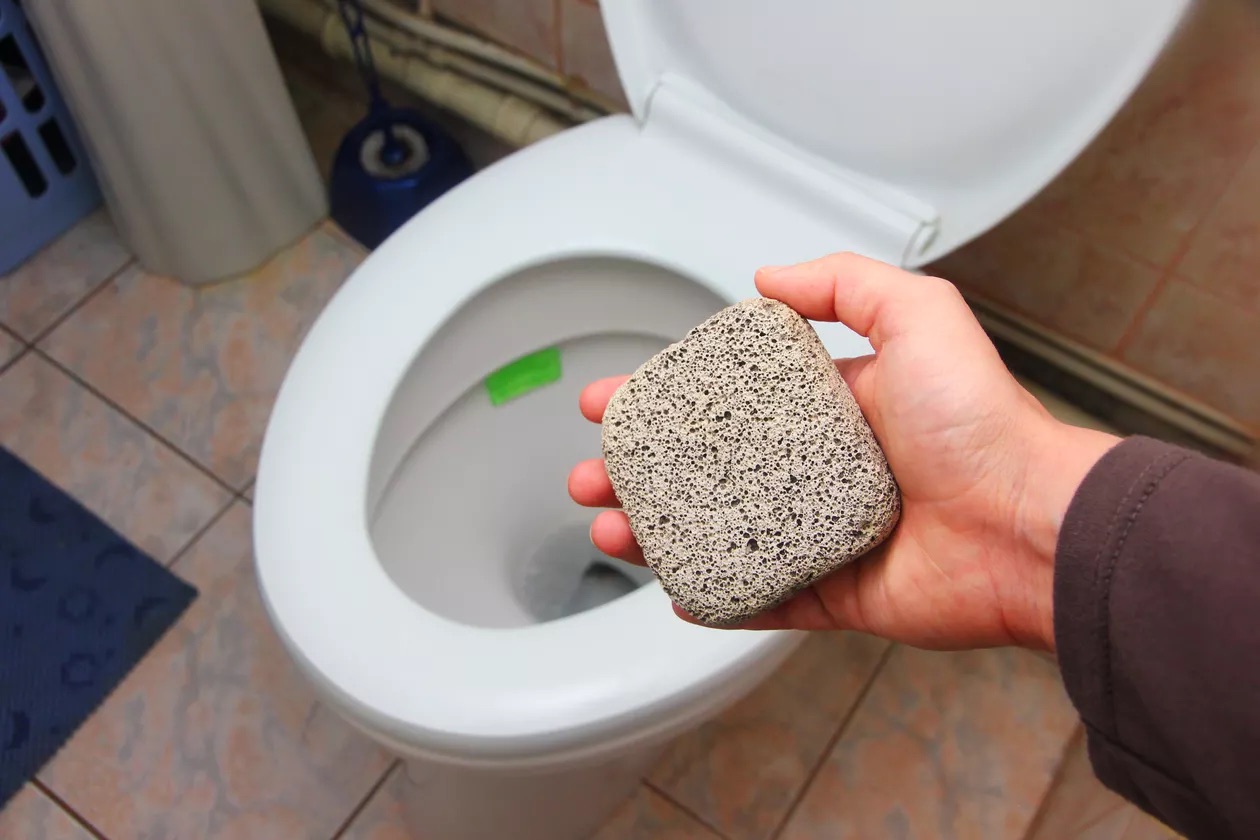
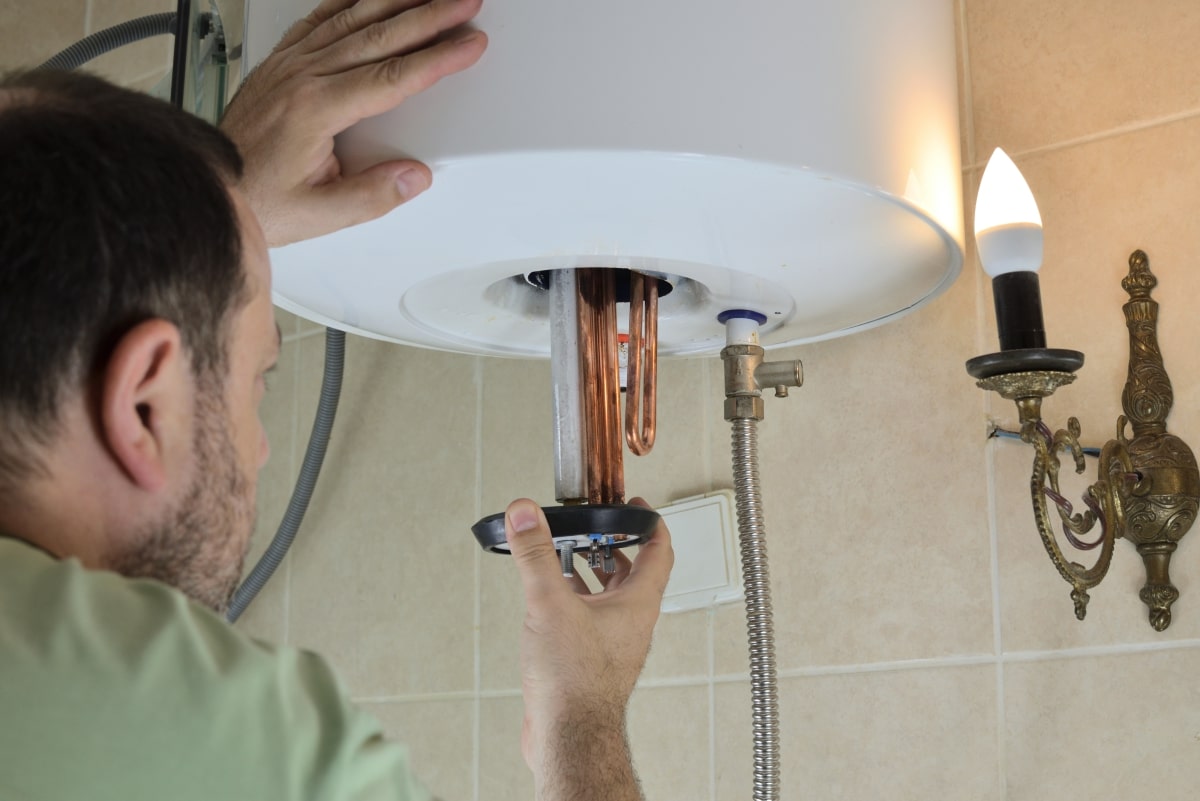
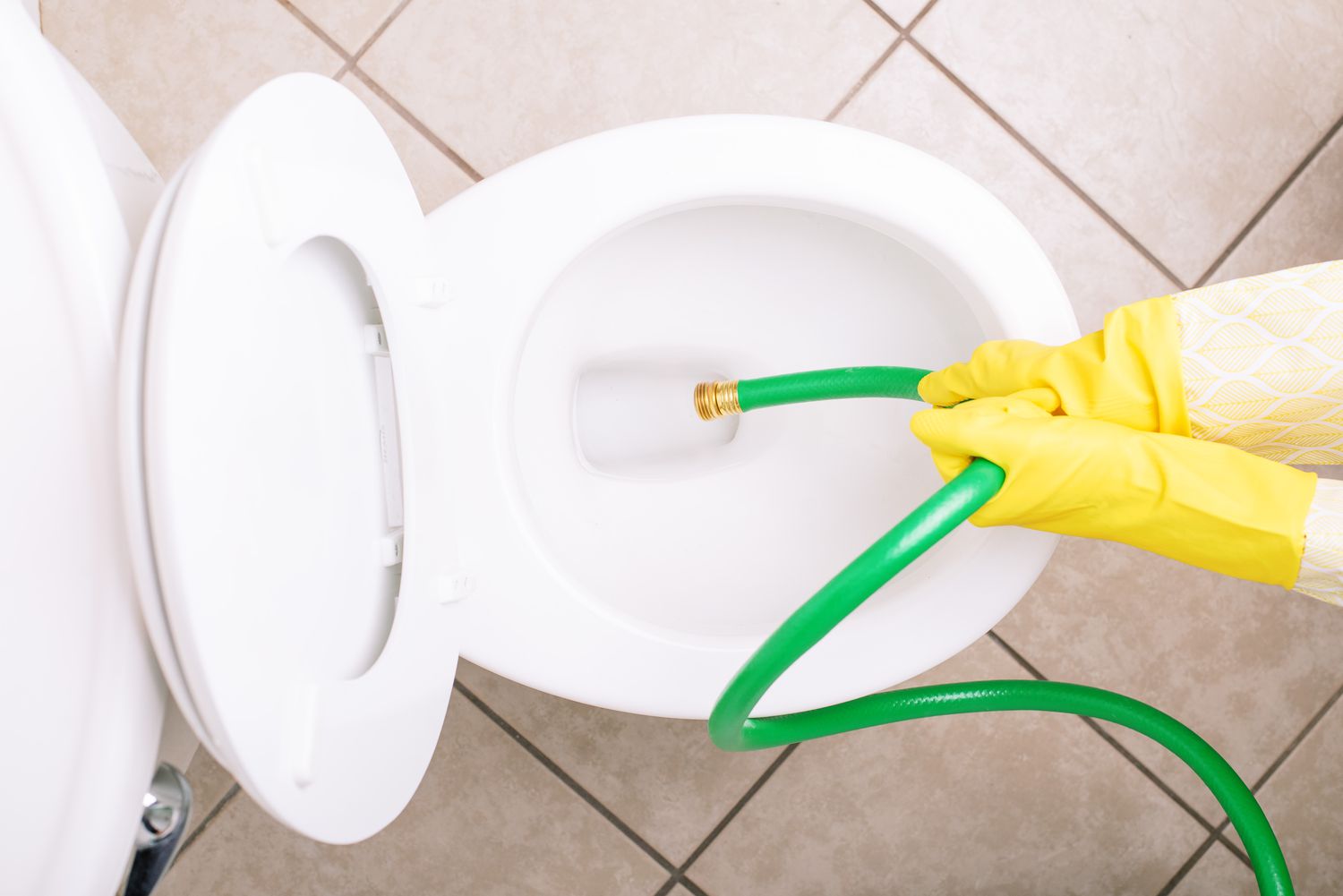
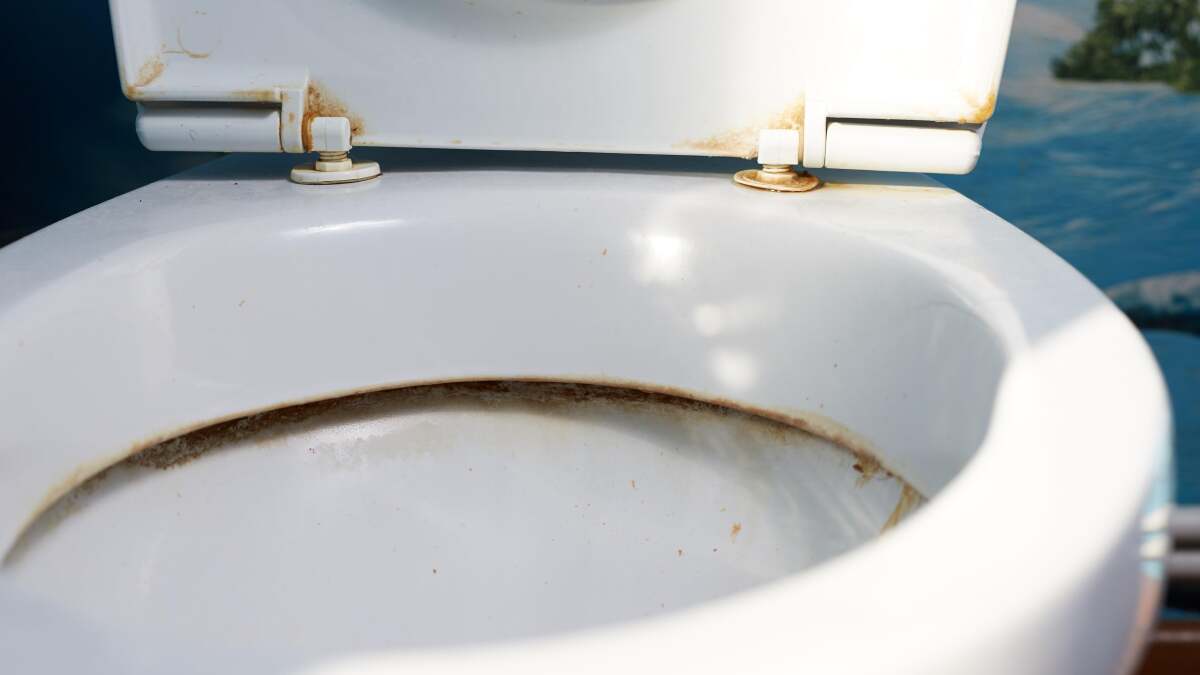
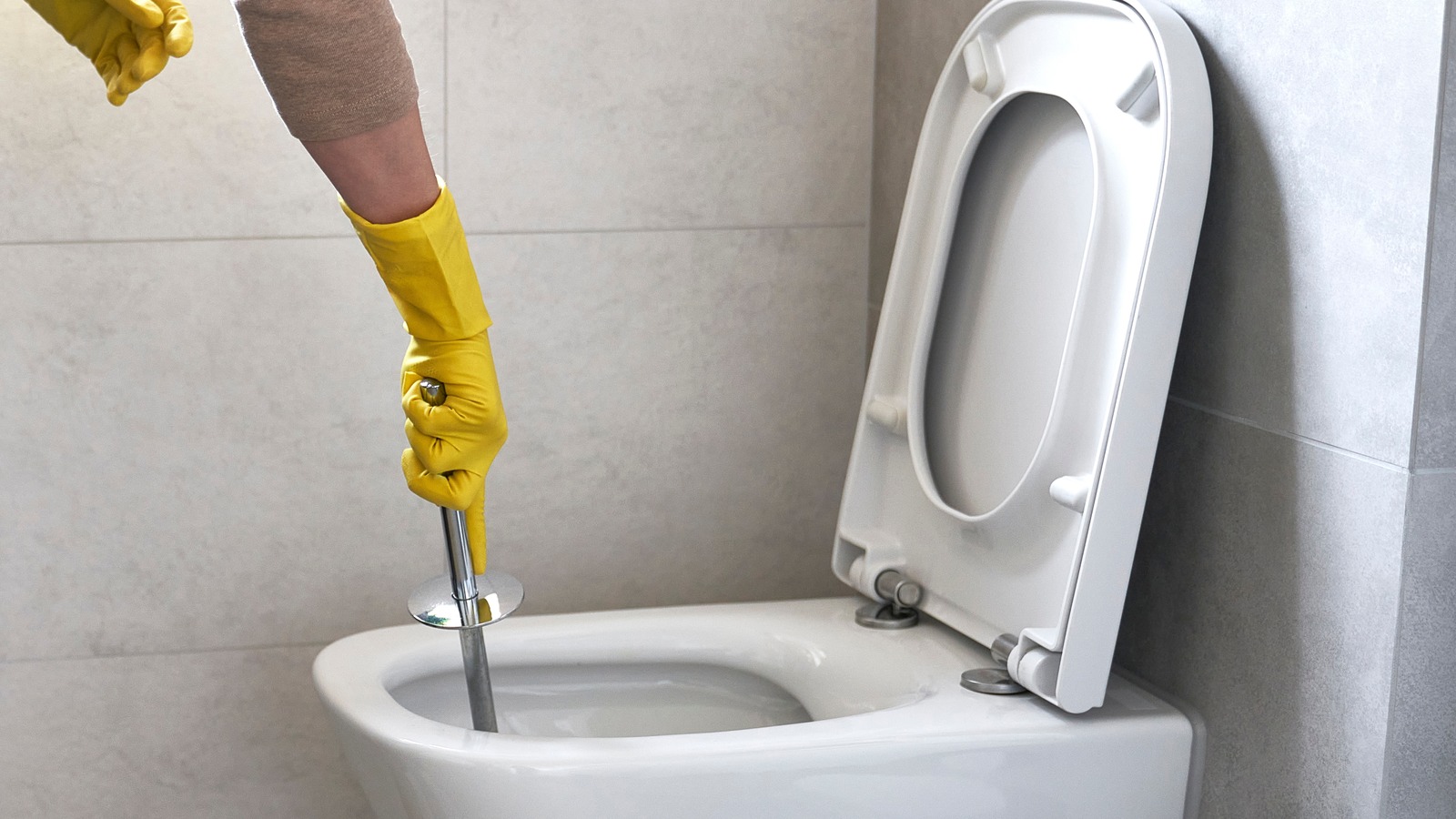
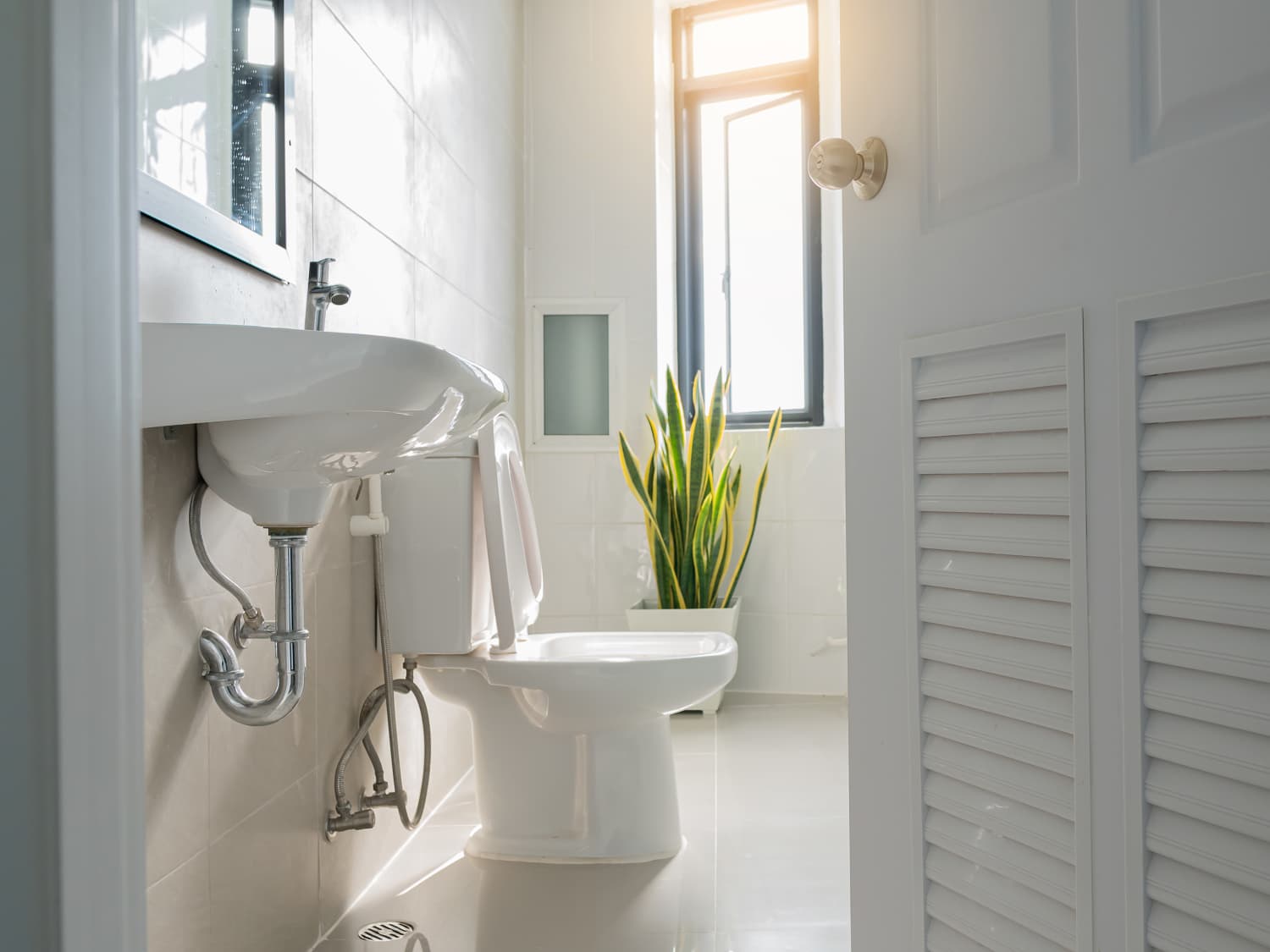
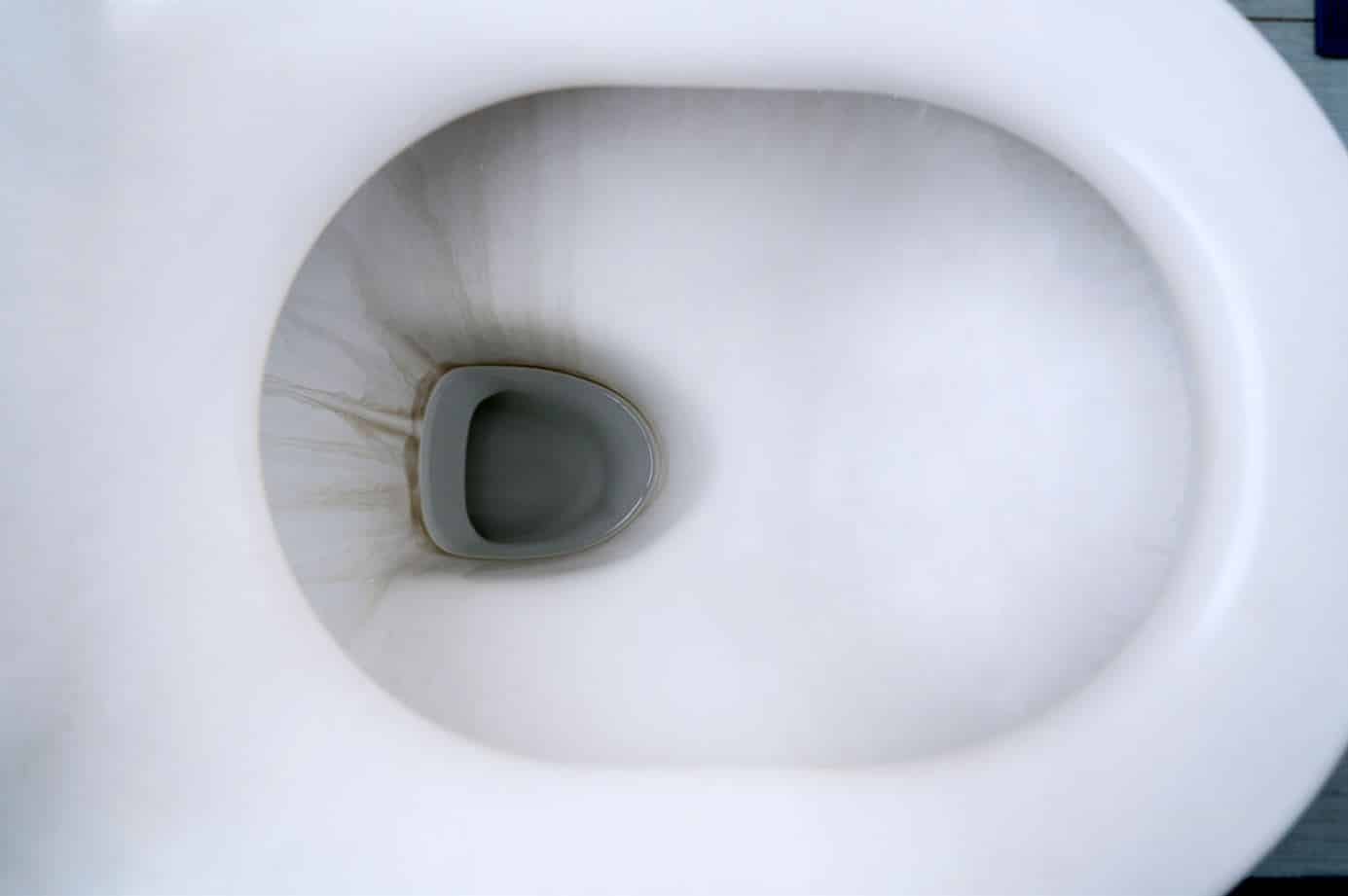

0 thoughts on “How To Remove Calcium Buildup In Toilet Bowl”